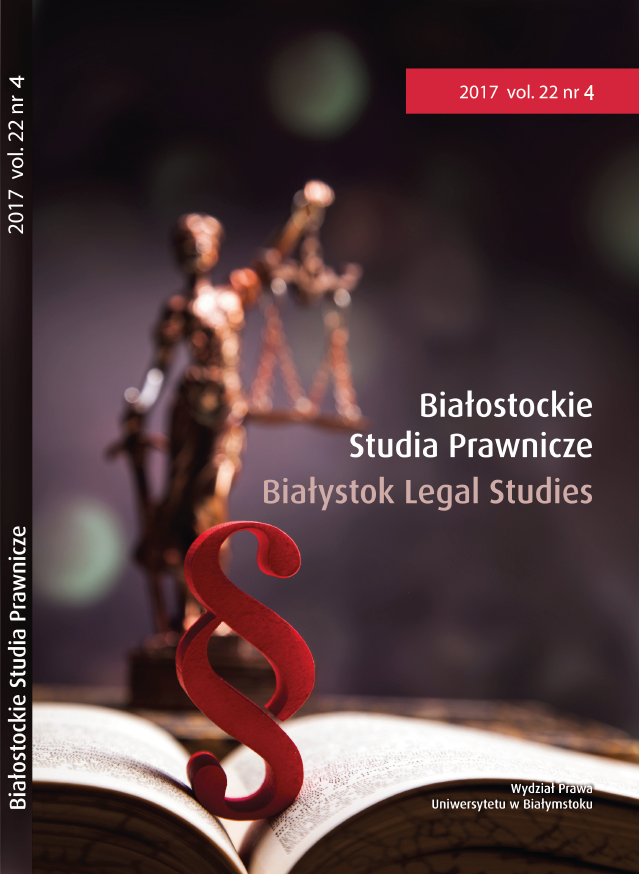Mediation Using Verbal Matrix Analysis? The Case of the Water Framework Directive (WFD) in Normandy
Mediation Using Verbal Matrix Analysis? The Case of the Water Framework Directive (WFD) in Normandy
Author(s): Bernhard KitousSubject(s): Economy, Law, Constitution, Jurisprudence, Energy and Environmental Studies
Published by: Temida 2
Keywords: Normandy Waters; Verbal-Matrix; Atlantic Salmon (salmo salar) migrations; hydropower; chemical pollutants; alternate dispute resolution
Summary/Abstract: This paper relates to a durable conflict over water rights and its potential resolution by Verbal Matrix analysis, a method inspired by the work of cartographer Jacques Bertin (1967), which was recently digitized. Specifically, it provides an answer to the question, “How to deal with situations locked down by antagonistic positions on major public choices?” The case discussed involves a dispute taking place near the Bay of Mont-Saint-Michel, over a decision by the State of France to remove two dams which have become well integrated into the Normandy landscape for over a century. Around 800 A.D, the river S élune was established by Emperor Carolus Magnus as the frontier between Normandy and Brittany since it was considered a dangerous series of canyon-like impassable waters. A few bridges and watermills comprised the only infrastructure until 1907 when a project of electrification proposed two hydropower dams to tame its tumultuous waters; in 1914 the Great War precipitated the decision to build the La-Roche-Qui-Boit dam, and later in 1932 the Great Depression led to a second hydropower dam being designed upstream at Vezins. Both dams produce electricity and create huge freshwater reservoirs 25 kms long, making Sélune an active valley for electrical industries and an attractive place for lake fishing. Family tourism has also developed along with a Disney-like park, nautical resort, forest trails and horse-riding activities (250,000 visitors/year). Since 2001 however, under the auspices of implementing the European Water Framework Directive, a money-making lobby wants to drain both reservoirs and remove the dams, under pretext of the socalled “salmon-comeback” initiative; actually, there is no problem with salmon since the Sélune’s sister river, the Sey, provides the second most important salmon fishing reserve in France. The consequence of removing the dams would be to create uncertain risks of flooding and deprive nuclear reactors (60kms away) from backup resources of freshwater in the event of a reactor accident. Benefit-wise, removal of the dams would give control to the salmon-comeback lobby group which would then take over the Sélune’s freshwater resource in its entirety. While the water agency concerned provides perks to elected representatives who support removal of the dams, no compensation is offered to local communities at risk of losing jobs, homes and their cherished landscape. The quarrel is now becoming a war based upon the fanaticism of “pros” v “cons”. This paper shows how mediation using Verbal Matrix could take place with word sets oriented towards risk-management rather than demolition of the dams and draining of the reservoirs. Accordingly, it is suggested that the Verbal Matrix method can be an approach for reaching agreement and peace-making in durable conflicts.
Journal: Białostockie Studia Prawnicze
- Issue Year: 4/2017
- Issue No: 22
- Page Range: 203-224
- Page Count: 22
- Language: English

